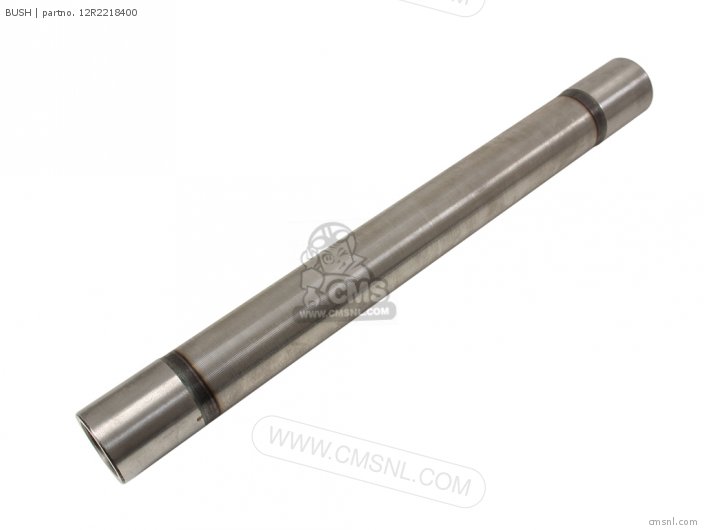So yesterday I was working on my Seca and there are a few things left on my to do list. First off, it's quite a loud bike. I'm guessing the PO drilled some extra holes in the back of the stock mufflers since it has 5 holes in each. Can anyone verify the number of holes in the back of a Seca exhaust?
So I would like to quiet it down a little, just cause I think it's a little juvenile this way. I know loud pipes save lives, but my neighbors would appreciate it if it was a bit quieter as well. Does anyone know if you can take the mufflers apart in any way, so I can wrap the inner pipes with some new damping wool or something?
And I've been reading about stuffing stainless steel wool in the back, does that work?
Then another last thing, is there any way of checking the free play on the swingarm bearing without having to remove the rear wheel and monoshock (that's what the manual says)? My xs is just a little unsteady at higher speeds, and I'm suspecting the swingarm bearing as this is a weak point in the Seca model I heard.
So I would like to quiet it down a little, just cause I think it's a little juvenile this way. I know loud pipes save lives, but my neighbors would appreciate it if it was a bit quieter as well. Does anyone know if you can take the mufflers apart in any way, so I can wrap the inner pipes with some new damping wool or something?
And I've been reading about stuffing stainless steel wool in the back, does that work?
Then another last thing, is there any way of checking the free play on the swingarm bearing without having to remove the rear wheel and monoshock (that's what the manual says)? My xs is just a little unsteady at higher speeds, and I'm suspecting the swingarm bearing as this is a weak point in the Seca model I heard.





